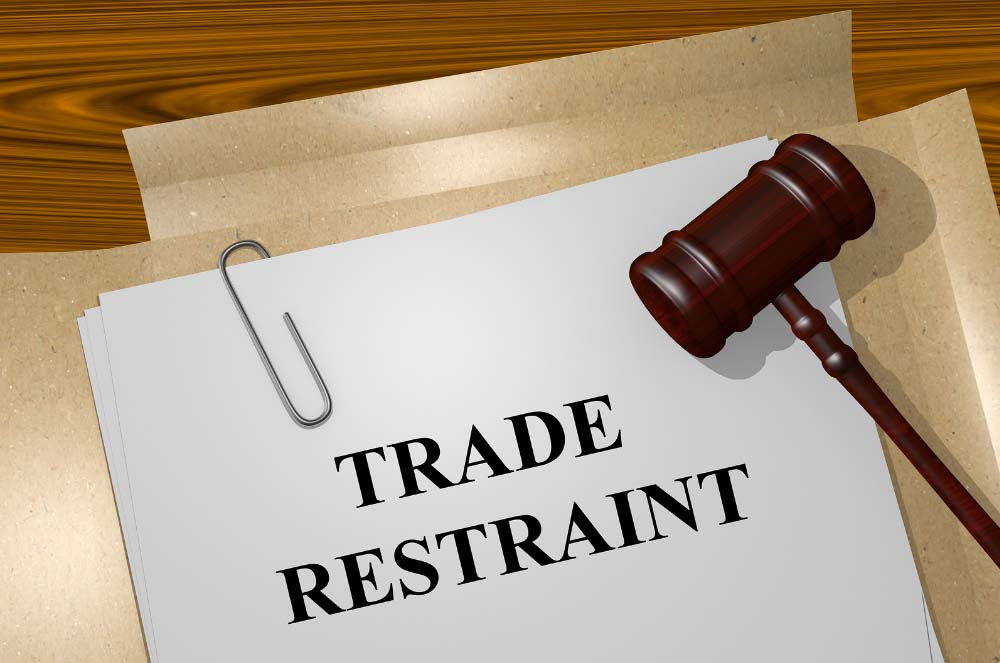The people most likely to take advantage of your business’ client relationships are your exiting employees. Often such employees have a sense of entitlement. These issues often arise with a long-serving employee who has built up client relationships over a number of years and who believes that they are able to take clients with them when they go. The situation is complicated by the fact that the clients are often keen to follow the employee.
There is an erroneous view amongst many senior employees that restraints aren’t worth the paper they are written on. This is incorrect and there are several employment cases where the employer has been awarded a significant sum of money against a former employee who has blatantly taken business from them in breach of a restraint and/or the implied duty of fidelity.
So what can you do to protect your business from this type of poaching?
The best time to introduce restraint is at the beginning of the employment before the employee starts with you. Therefore, you will want a clear term in the employment agreement that sets out the restraint in full. Any ambiguity in a restraint will be read in the employee’s favour or make the restraint unenforceable.
During the actual employment there is an implied term of trust and confidence and a duty of fidelity that prevails to protect your client relationships. However, after the employment relationship ends things get far more difficult. Therefore, like most things in employment the best time to get clarity with the employee about your expectations is before you engage them.
What restraints do not provide you with is an endless protection for your client relationships. They merely provide a brief period of time, usually between three months and one year, in which you should actively seek to consolidate your client relationships while the ex-employee is “restrained” from contacting or having dealings with these clients.
After the period of restraint ends all bets are off and there is nothing legally (with the exception of confidentiality issues) to prevent the employee from pursuing your clients.
The Courts start with the premise that all restraints of trade are prima facie unlawful unless they are reasonable. Basically, the Courts are reluctant to stop people from earning a living using their skills and knowledge. However, the Courts also recognise that an employer has a legitimate proprietary interest in the client base. But to be enforceable a restraint has to be “reasonable”.
Consequently, you must first carefully identify the type of employee who should be subject to a restraint of trade. This type of employee is most likely one who has influence and/or control over your client base. But to be enforceable a restraint has to be “reasonable”.
You should not use template restraints to fit all employee situations. In most situations there is no hope of you trying to restrain an administrative employee from working for your competition. On the other hand a salesperson or a client manager are the sort of positions that you should seek to restrain post-employment.
Secondly, you must consider what is “reasonable” for the particular employee in terms of:
- The activity to be restrained.
- Duration of the restraint.
- Geographic area covered by the restraint.
- Consideration to be paid for the restraint.
Restraints generally fall into two categories:
- Non-compete.
- Non-solicitation.
A non-compete will typically restrict an ex-employee from starting up or joining a business which competes directly with you. This is to say that they have to be in the same industry carrying out the same type of work to be restrained.
On the other hand a non-solicitation agreement focuses on preventing the employee from poaching your clients and/or prospective clients whom they have had dealings with when they were employed with you.
If a restraint is entered into at the beginning of an employment relationship the Courts often say that the consideration (money, opportunities, and benefits) for the restraint is contained in the employee’s contractual entitlements. However, if a restraint is introduced during employment things get a lot more difficult.
To introduce a restraint during employment there has to be a clear and obvious consideration. A reasonable time to introduce a restraint during employment is when there is a promotion that has a salary increase and other clear benefits. In this type of situation a new employment agreement can be entered into with a clause that expressly refers to the promotion as being consideration for the restraint.
Just because you have a restraint does not mean that the Court will enforce it. As stated above the Court will only enforce a restraint that is legally “reasonable”. What this means in practice is that the Courts often write restraints down that are too long or cover too wide a geographic area or are ambiguous as to coverage. Three months is the most common non-compete restraint duration. However, a non-solicitation restraint is usually enforceable if it is for 12 months. Therefore, it is important that the employment agreement demarcates the duration of each type of restraint.
You should turn your mind to each new employee to see if a restraint is necessary and then look to narrow that restraint as much as possible to suit the particular circumstances of that employee’s position.
A good restraint of trade clause will:
- Clearly define the employer’s proprietary interest.
- Only use a non-competitive restraint if absolutely necessary.
- Restrict the geographic area of the restraint to that which is necessary.
- Continue only as long as reasonable in the circumstances.
Restraint of trade clauses can be very beneficial for employers. It is essential though to understand all aspects of a restraint of trade clause before including one in an employment agreement because finding the right balance between protecting the legitimate business interests of the employer and allowing the employee to earn a living, is vital. We are available to draft and advise on restraints.


